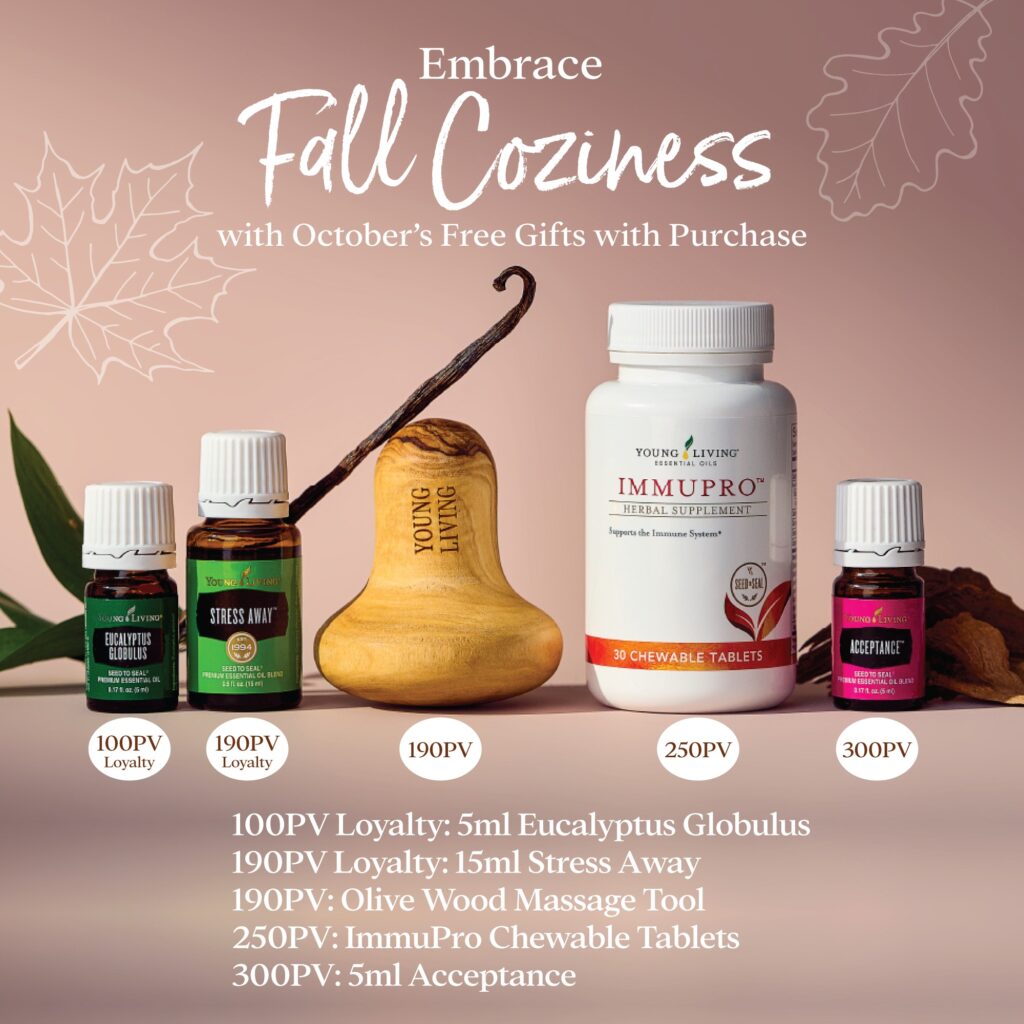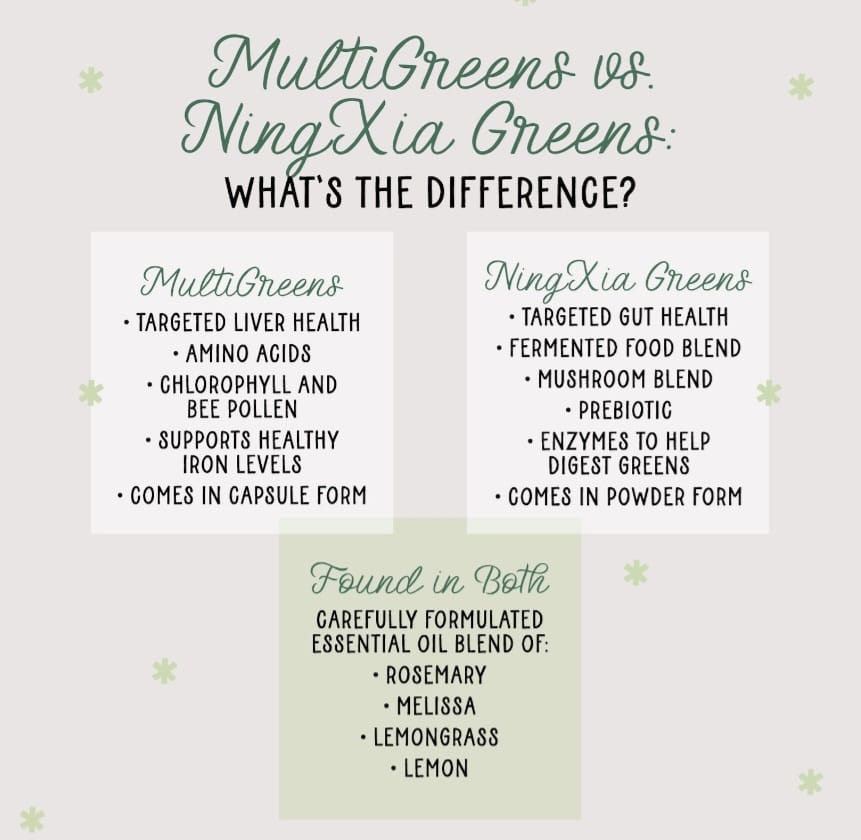Cinnamon is one of the oldest and most popular spices, as it has historical value both in flavoring and as a “medicinal” spice. We in the Young Living world often think of the essential oil blend Thieves when cinnamon comes to mind! (If you don’t already incorporate Thieves in your life, you are missing out on a fantastic health and wellness tool….. and that includes the benefits of Thieves Household Cleaner!)
You’ve heard my views here on the injectable medications Ozempic/ Wegovy / semaglutide . Nearly all medication originates from a natural form (plant, animal, mineral, etc), which man attempts (poorly) to replicate. Man will never be able to replicate the work that God has done for us….. no matter how hard he tries.  One of the ways these medications work for weight loss is the extreme slowing of stomach emptying time (even to the point of acquiring a new painful digestive dysfunctional state called gastroparesis that often is not reversible when discontinuing the drug ).
One of the ways these medications work for weight loss is the extreme slowing of stomach emptying time (even to the point of acquiring a new painful digestive dysfunctional state called gastroparesis that often is not reversible when discontinuing the drug ).
Perhaps “they” attempted to model the effects of cinnamon on the body when these products were created. 

Adding cinnamon to your daily regimen does so much more than support the immune system ( thank you, Thieves!). Take a look at this study, ” Effects of cinnamon on postprandial blood glucose, gastric emptying, and satiety in healthy subjects.” https://www.sciencedirect.com/…/pii/S0002916523281113…
According to this study ,
,
That study above was smaller….. so if you are looking for a meta-analysis (ie: a study of studies.) Here’s one that looks at the results of 8 separate studies focusing on fasting blood sugar. ” Cinnamon intake lowers fasting blood glucose: a meta-analysis”. This study of studies suggests that cinnamon has been shown to improve (ie support the body’s efforts) to respond to insulin. https://pubmed.ncbi.nlm.nih.gov/21480806/
Here’s another one….. “Cinnamon use in type 2 diabetes: an updated systematic review and meta-analysis” https://pubmed.ncbi.nlm.nih.gov/24019277/
If you are curious about learning more, there are over 350 studies related to cinnamon and blood glucose in pubmed.gov, and if you want a cliff notes version of all the goodness cinnamon offers… including some great recipes, here’s a link for you: https://1602257.lifestepseo.com/…/cinnamon-bark-spotlight
PS: to keep the FDA happy, I should also give the obligatory disclaimer….. despite the plethora of research out there… “The FDA has not evaluated these statements, and such evidence should not be construed as diagnosing, treating, curing, or preventing any disease. “





